Introduction to Sedum Acre
Embark on a journey to explore the vibrant and textured world of Sedum acre, a species that stands out in the diverse realm of succulents. Fondly known as goldmoss or wall-pepper, this low-growing perennial invites a close look at its petite yet resilient nature. Let’s delve into what makes goldmoss an alluring addition to any green space or garden.
Picture a plant so robust that it thrives with minimal care, painting rugged landscapes with a blanket of star-shaped, yellow blossoms. Farmers and gardening enthusiasts admire Sedum acre for its exceptional ability to adapt and beautify even the most challenging environments. For real-life inspiration, consider how it transforms rocky crevices into pockets of golden delight, especially during the summer when it’s in full bloom.
It’s not just about survival; this green gem excels at creating harmonious compositions with other garden favorites. The succulent gardens showcasing Sedum acre often evoke a tapestry woven from nature’s finest elements, demonstrating how well it pairs with stone pathways and decorative garden beds.
For a closer look at Sedum acre in action, feast your eyes on this enlightening video:
As we unravel the charm of stonecrop wonders, let us remember that the beauty of Sedum acre is not just in its looks or low-maintenance allure. It’s a testament to nature’s resilience, a reminder of how life can flourish against odds, offering beauty and inspiration in the simplest places.
Botanical Profile
Let’s embark on an exploratory journey into the verdant world of Sedum acre, or as you might know it, Stonecrop. This hardy perennial is not only a treat to gaze upon but also an intricate puzzle of biology just waiting to be admired. We’ll delve into its tenacious growth habits, marvel at its simplistic yet sophisticated leaf structure, and be enchanted by the burst of life when its flowers unfurl.
Sedum acre is akin to nature’s quilt, covering rocky terrains and sandy soils with a lush carpet of greenery. Its robust growth enables this ground-hugging champion to embellish garden beds and roofs alike, all the while displaying its low maintenance nature. A patchwork of tiny, fleshy leaves tightly clusters together, symbolizing the resilience and collaboration needed to thrive in challenging conditions.
The leaves of Stonecrop are a testament to efficiency: compact, fleshy, and designed to store water for the drought days. They’re arranged in a spiral fashion, which not only maximizes sunlight absorption but also weaves a pattern reminiscent of nature’s spirals, echoing the geometry of pine cones and galaxies. During its blooming season, Stonecrop transforms with clusters of starry yellow flowers, crowning the plant with a vibrant splash of colour, typically igniting the landscape from late spring to summer.
Interestingly, while it might seem modest in size, Sedum acre’s flowering is an event that shouldn’t be underestimated. Pollinators find these plants to be akin to a botanical banquet, bustling with bees and butterflies feasting on their nectar. Even within the urban sprawl, where green spaces can be sporadic, Stonecrop offers an oasis for these essential creatures.
For anyone keen on inviting this botanical wonder into their own spaces, understanding its nuances is key. Dive into the details of Stonecrop care and become adept at nurturing this green jewel. But how does one go about ensuring Sedum acre thrives in their garden or landscaping project? Fortunately, a wealth of resources await in our Ultimate Guide to Succulent Care, revealing the secrets to cultivating a thriving succulent garden.
As we immerse ourselves in the botanical intricacies of this low-growing marvel, we ignite a deeper appreciation for the small wonders that blanket our earth. Sedum acre may not stand tall, but it certainly stands out as an emblem of survival, adaptability, and unassuming beauty in the plant kingdom. 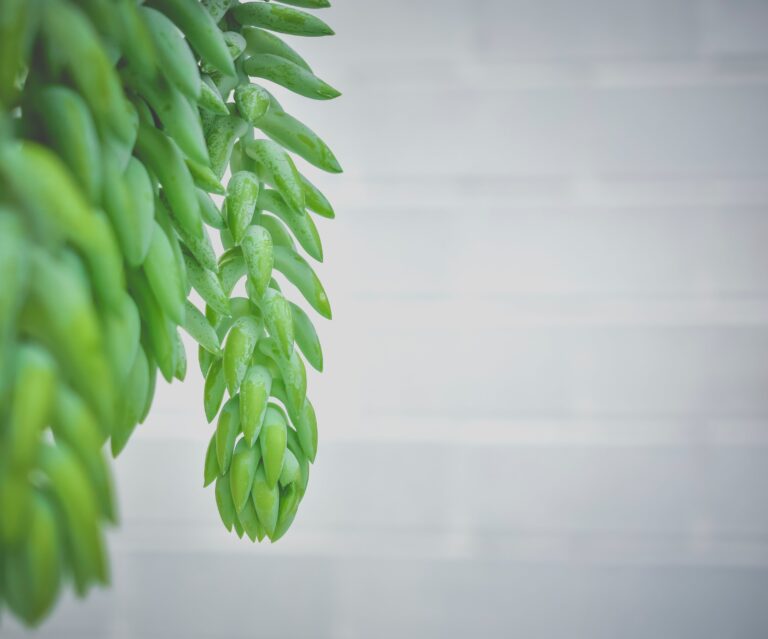
Plant Care Essentials
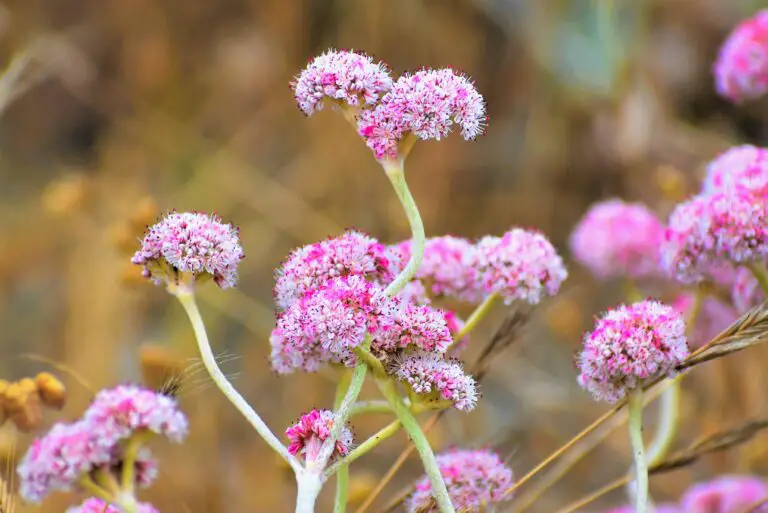
Are you enchanted by the vibrant allure of the Sedum acre, also known as stonecrop? If the tapestry of golden stars adorning your garden with this succulent has caught your eye, you’re in for a rewarding experience. Nurturing a Sedum acre plant may seem daunting, but armed with some expert tips, you’ll transform your green space into a thriving tableau of these hardy gems.
First things first: soil. Sedum acre isn’t picky, but it demands well-draining groundwork. Imagine a sandy loam that whispers tales of Mediterranean escapades; that’s the kind of airy, light soil texture that makes stonecrop’s roots feel at home. Grab a blend rich in perlite or sand, ensuring that water can sing its way through without drenching the delicate roots.
Next on the agenda is hydration. Think of Sedum acre like the camels of the plant world. They store what they need and prefer not to stand in water. A watering routine that mimics a desert deluge followed by a sun-scorched hiatus will see your stonecrop smiling. Wet the soil thoroughly, then wait. And wait a bit more. Touch that soil; if it’s dry an inch deep, consider it’s time for another quenching shower.
Sunlight is where Sedum acre reveals its true kaleidoscope of colors. Relishing the sunshine, this plant is a heliophile’s dream. Place it where rays can dapple its foliage or bathe it in a golden glow for hours. But be mindful – the unrelenting midday sun might prove too intense. A dappled shade during the most scorching hours could be the perfect compromise, ensuring a vivid and vigorous display.
As it turns out, cultivating Sedum acre isn’t just about the plant itself but fostering an environment where it can thrive autonomously. To deepen your knowledge of these resilient succulents and their companions, take a peek at our comprehensive guide to indoor succulent plants, a treasure trove of tips and tricks for plant lovers everywhere.
There you have it, folks. Soil that drains like a sieve, a water cycle that mimics mother nature’s mood swings, and sunshine that dances across the leaves. That’s the magic trio for a flourishing Sedum acre. Whether you’re a seasoned green thumb or a budding gardener, watching your stonecrop prosper is a sight to behold and a testimony to your care.
Landscape and Design Uses
Imagine a tapestry of lush greenery woven with vibrant bursts of yellow—such is the charm of Sedum acre, commonly known as stonecrop. As a ground cover, this sedum species transforms gardens into picturesque landscapes, adding not only visual delight but also practical advantages. Let’s delve into the alluring world of stonecrop and discover how it can elevate your outdoor space.
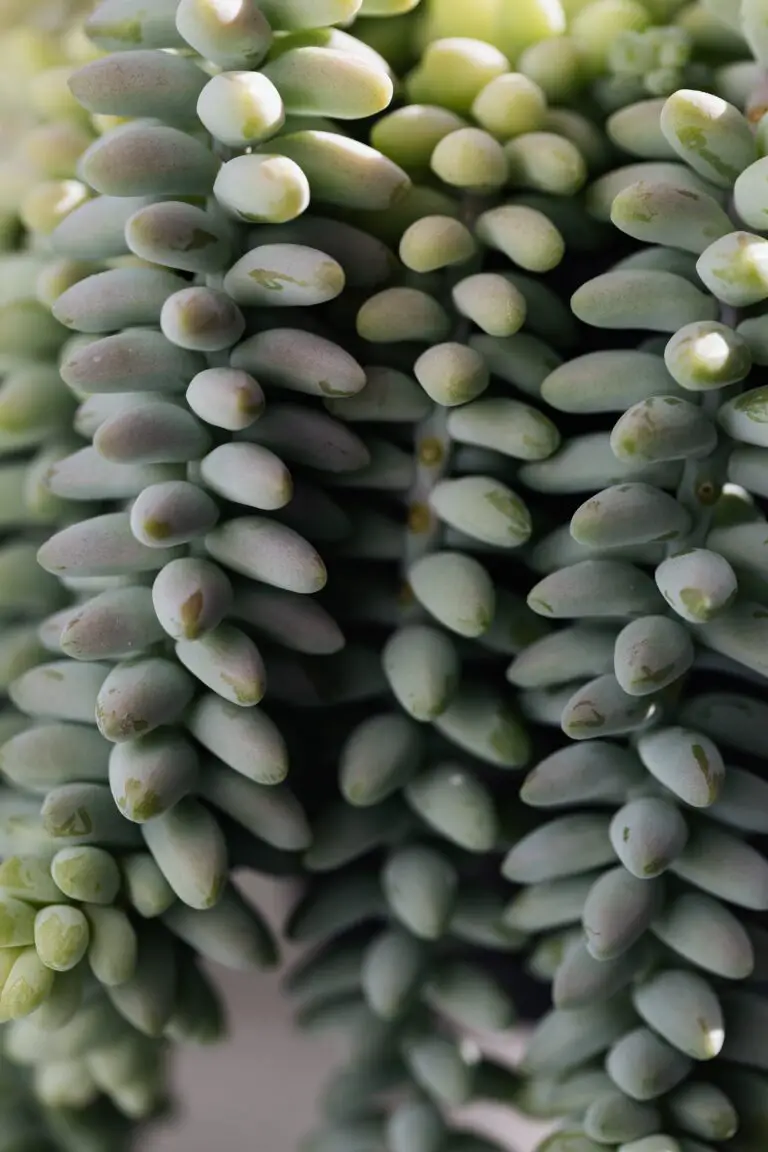
Within the realm of eco-friendly gardening, Sedum acre stands out as a champion. This hardy perennial requires minimal water, making it an excellent candidate for xeriscaping—landscaping that reduces or eliminates the need for irrigation. Envision a serene rock garden where stonecrop clusters between pebbles and boulders, creating an effortless continuity with the natural stone features.
Not only does Sedum acre thrive with little maintenance, but it also provides a year-round carpet of color. As it blankets slopes and banks, it actively prevents soil erosion, all the while offering a splendid view. Picture a coastal garden, where the salty sea breeze does little to hinder the growth of these robust succulents. Here, stonecrop acts as an anchor, its roots grasping the earth, securing both beauty and stability to the coastal panorama.
For the urban gardeners among us, Sedum acre manifests as a beacon of adaptability. It acclimatizes well to confined spaces like rooftop gardens, where its shallow root system is an asset. Amidst the concrete jungle, this stonecrop variety creates pockets of green oases, softening the hard cityscape and inviting biodiversity. Just imagine a building rooftop, once barren, now abuzz with pollinators attracted to the sedum’s bright blooms.
And let us not overlook the allure of stonecrop in container gardening. A simple terracotta pot, brimming with the radiant yellow flowers of Sedum acre, provides a striking focal point on any patio. As part of a larger container display, stonecrop works harmoniously with other succulents, establishing a tapestry of textures and hues that captivate the senses.
In summary, Sedum acre emerges as a versatile stalwart in the plant kingdom—whether as an ecological savior for the water-conscious gardener, a colorful guardian against erosion, an urban green warrior, or a potted spectacle. Its adaptability to myriad garden designs, coupled with the lush aesthetic and practical benefits it brings, underscores its role as an unsung hero of the horticultural world.
Propagation Techniques
Imagine a verdant expanse of Sedum acre, also known as stonecrop, cascading like a sea of green across your garden. This tenacious ground cover, with its tight clusters of starry flowers, is remarkably simple to propagate, giving gardeners the chance to create a carpet of greenery with ease. In this section, we shall dive into a step-by-step guide to propagating Sedum acre, drawing on sustainable practices that will not only multiply your collection but also ensure the health and vitality of these resilient succulents.
Choosing Right: The Healthy Parent Plant
Selecting a robust Sedum acre parent plant is pivotal. Picture a specimen lush with fleshy leaves and vibrant blooms, free from the tell-tale signs of disease or malnutrition. It’s the superstar performer that will give birth to fresh generations of stonecrop. You want to pick stems that are healthy, full, and vigorous – these are the ones that will have the greatest chance of striking roots and thriving in your garden or containers.
Slicing Through: The Division Method
Think of division as a botanical magic trick – one becomes two (or more). Start this enchanting process by gently teasing apart the root ball of a mature Sedum acre, ensuring each new section has an ample amount of roots and shoots. It’s like dividing a pie into equal slices, making sure each piece has its fair share of crust and filling. Then, simply replant each section into well-draining soil, and watch the magic unfold as they grow independently into full-fledged plants.
Leaf by Leaf: Leaf Cuttings
Did you know that each leaf of Sedum acre is a potential new plant? It’s nature’s way of cloning – intriguing, isn’t it? Take a leaf, or even just a part of it, and lay it atop moist soil. Within weeks, tiny roots will emerge from the base, seeking the earth’s nutrients as they anchor a new baby plant. The parent leaf will wither away, its purpose fulfilled, as it passes the baton of life to its offspring.
The Charm of Clippings: Stem Cuttings
Let’s not overlook the ease and excitement that comes from stem cuttings. Clip a few healthy stems, about 3 to 4 inches long, and remove the lower leaves to expose a bare stem. Plant these directly into the soil, just like planting pencil nubs in a pot of dreams. The cut end will callous and roots will emerge, eager to delve deep into the soil. It’s a straightforward, yet deeply satisfying, propagation practice.
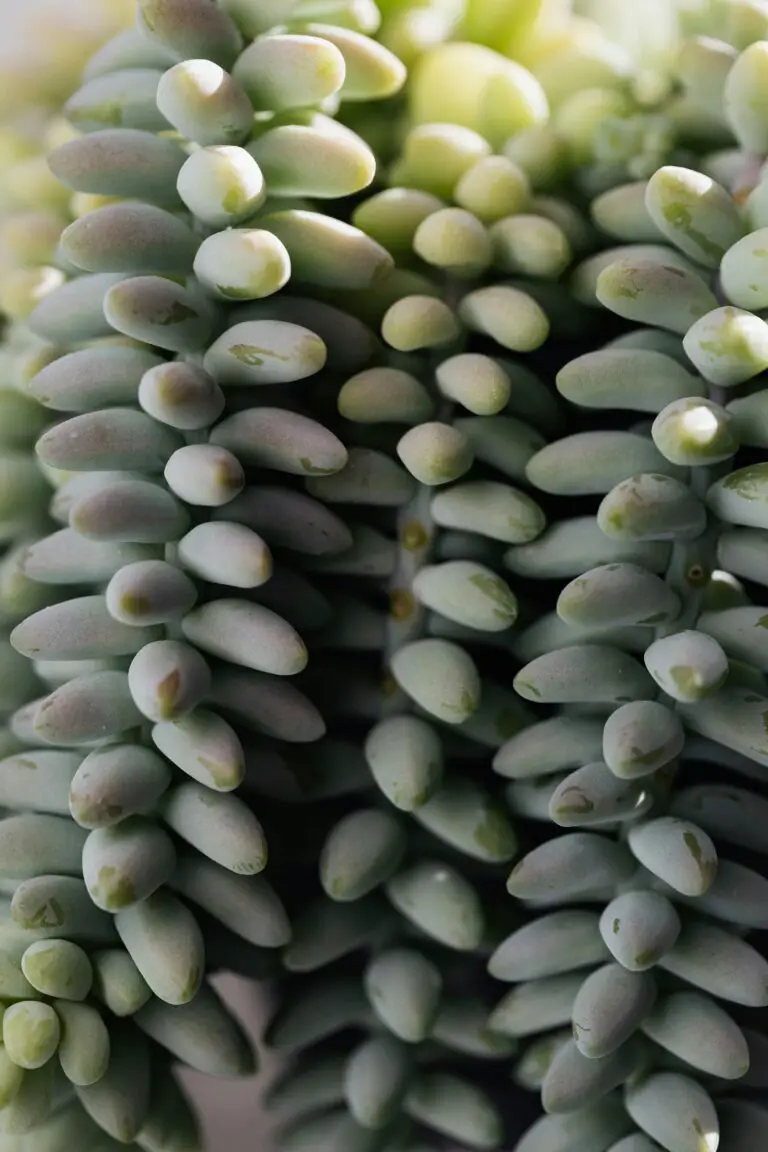
Basking in the Sun: Optimal Conditions
Once your Sedum acre cuttings are snug in their new homes, providing the right environment becomes key. These stonecrop wonders crave the kiss of sunlight and the embrace of good drainage. Position them in a spot where they’ll enjoy plenty of light but are protected from the harsh midday sun. Monitor the moisture level, ensuring the soil is damp but never soggy. Think of it as the perfect vacation spot for your young plants – good sun, great earth, and just the right amount of water.
The Sweet Taste of Success
As days turn into weeks, and weeks into months, your Sedum acre babies will establish themselves, their roots will venture forth, and their leaves will multiply. It’s an enchanting sight to witness – a testament to the resilience and adaptability of these charming succulents. And while the propagation process requires patience and care, the reward is a richer, fuller garden tapestry that speaks volumes of your green thumb and the enchanting power of nature’s growth.
Common Challenges and Solutions
When it comes to the delightful Sedum acre, commonly known as stonecrop, its vibrant beauty is matched by its robust nature. But even the hardiest of plants have their fair share of stumbling blocks. Fear not, green-thumbed friends, for though the path to a flourishing Sedum acre garden is sprinkled with hurdles, every challenge is a stepping stone to horticultural mastery.
Meeting the Watering Woes
Too much love, in the form of water, can lead to Sedum acre’s demise. Yes, the signs of overwatering are subtle but sinister. Lush green turning to soggy brown, roots gasping for air, and stems with more give than the economy section of a long-haul flight. Prevention is easy: touch the soil, feel its mood. A light sprinkle when it’s dry, and your stonecrop will reward you with growth, not grief.
Fending Off Fungal Fiends
Fungi find the succulent leaves of Sedum acre an irresistible abode. It starts small, a speckled leaf here, a wilted flower there. Before you know it, you’re at a garden wake. The solution? Airflow and cleanliness. Ensure your plants aren’t huddled like commuters at rush hour. A clean cut on affected areas and maintaining dry leaves can turn the tide against this microscopic menace.
Battling Hungry Invaders
Now, let’s talk critters – the munchers and crunchers of the insect world. Aphids, snails, and weevils eyeing up your Sedum acre like it’s an all-you-can-eat buffet. It’s war, but it’s a war you can win. Introduce natural predators, set barriers, and, if needed, call in the organic pesticides. Just like setting a mouse trap with gourmet cheese, it’s all about moderation and precision.
Mending Sunburn Sorrows
Stonecrop thrives in the sun, but just like humans, too much can lead to a painful red. When the edges of your plant start to crisp like overcooked bacon at brunch, it’s time to act. Relocate or provide some shade during peak hours, and watch those leaves revert from crispy to classy.
Interested in seeing Sedum acre in action? Watch and learn from the real-life green magicians. Hit play for a botanical treat!
Environmental Impact and Sustainability
When it comes to green initiatives, Sedum acre, commonly known as stonecrop, stands out with its remarkable environmental benefits. This hardy perennial, hailing from the Crassulaceae family, isn’t just a pretty face in the world of succulents; it plays a pivotal role in promoting sustainable landscaping practices.

In the push towards eco-friendly gardening, Sedum acre proves to be a champion, with its drought-resistant qualities minimizing the need for water – a precious resource in our quest for conservation. As water scarcity becomes a pressing global issue, incorporating such drought-tolerant species into our gardens and urban spaces provides a practical solution, and stonecrop offers just that.
Imagine a green roof in an urban jungle, teeming with Sedum acre, creating a sanctuary for pollinators while also insulating the building below. This isn’t a far-fetched dream. Real-life examples abound where these succulent mats have reduced the urban heat island effect, showcasing the species’ contribution to making our cities more livable.
Moreover, the low maintenance nature of Sedum acre means fewer carbon-emitting garden tools are needed, further reinforcing its position as an ally against climate change. But its environmental prowess doesn’t end here. Stonecrop’s dense foliage provides excellent ground cover, preventing soil erosion and promoting soil health – a true testament to its role in the broader ecological tapestry.
Analyzing the impact of Sedum acre from an analytical perspective, we uncover a myriad of benefits that transcend aesthetic appeal. This succulent’s compatibility with permaculture principles further bolsters its reputation as a sustainable choice for eco-conscious individuals and communities alike.
Frequently Asked Questions
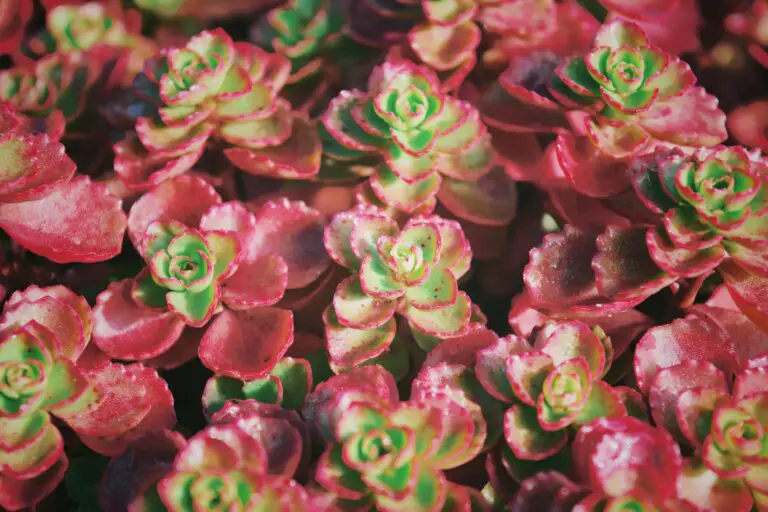
Ever wondered if Sedum acre, also known as stonecrop, is the right addition to your garden? Let’s dig into some of the most common curiosities gardeners have about this vibrant groundcover!
Is Sedum acre easy to care for?
Absolutely! Imagine you’re a forgetful gardener who rarely remembers to water your plants. Well, stonecrop is your ally—thriving on neglect and drought, it asks for minimal attention. Just plant it in well-draining soil, bless it with some sun, and watch it spread its charm with little fuss. It’s like that friend who’s always cheerful, even when you haven’t called for weeks!
How quickly does stonecrop spread?
If Sedum acre were a track athlete, it would be a sprinter! Give it a season and you’ll see it covering ground as if it’s on a mission. It grows fast, providing you with a lush, green carpet dotted with tiny yellow flowers in no time. Imagine you’ve spilled a bag of popcorn on the floor—that’s how stonecrop proliferates, popping up everywhere!
Can Sedum acre withstand cold winters?
Let’s just say stonecrop is the bear of the plant world. It hibernates during the cold months, resurging with vigor when the warmth of spring embraces your garden. Whether it’s under a blanket of snow or exposed to frosty air, your stonecrop will bounce back beautifully as the seasons change.
Are there any pests or diseases I should worry about?
Stonecrop is like a superhero in your garden, resilient against most villains. Pests rarely bother it, and diseases seem to give it a pass. It’s the low-maintenance champion you’ve been looking for to create that trouble-free, storybook garden you’ve always dreamed of.
Is Sedum acre safe around pets and children?
Here’s the scoop: While stonecrop is not known to be highly toxic, it’s best to keep it out of reach from nibbling pets and curious children. It’s like that decorative candle you wouldn’t want little fingers or paws messing with—safe on the shelf but better watched with a careful eye.
Armed with these answers, you’re one step closer to making an informed decision about whether the delightful Sedum acre deserves a spot in your personal green space. Just think of all the envious neighbors wondering how you created such an enchanting landscape with such little effort!



